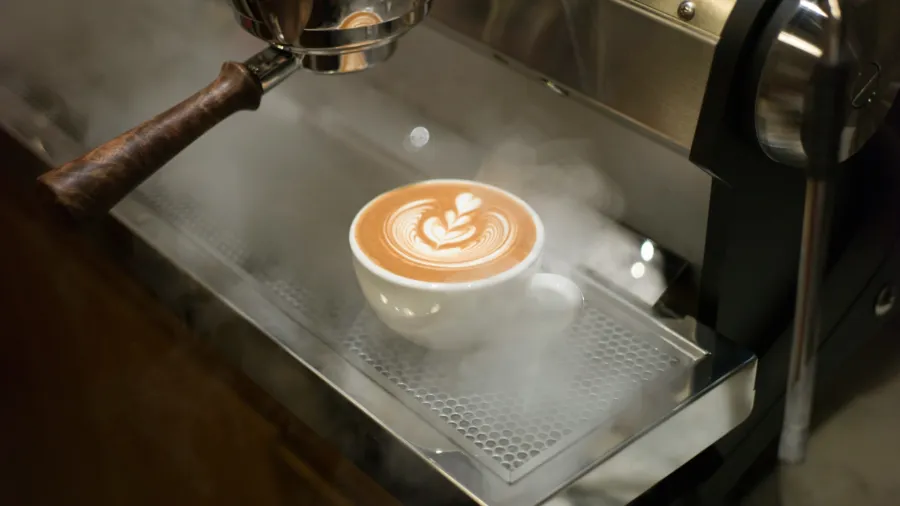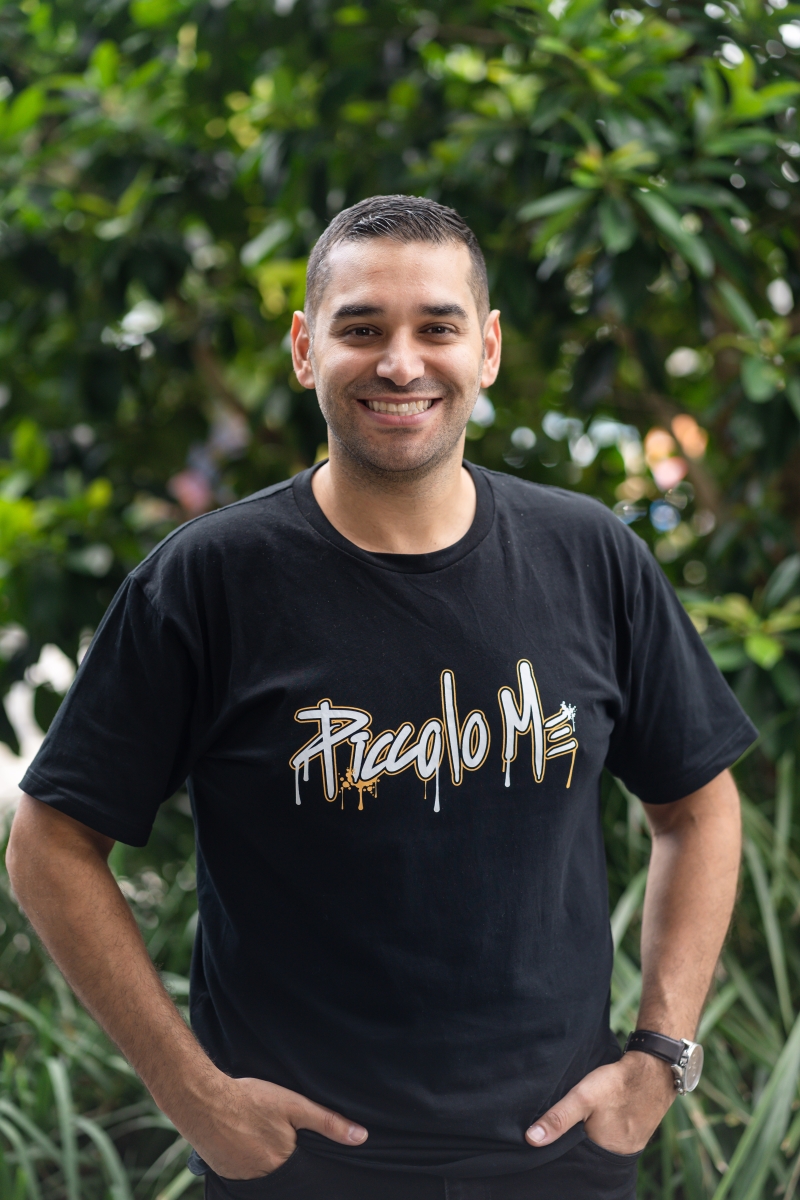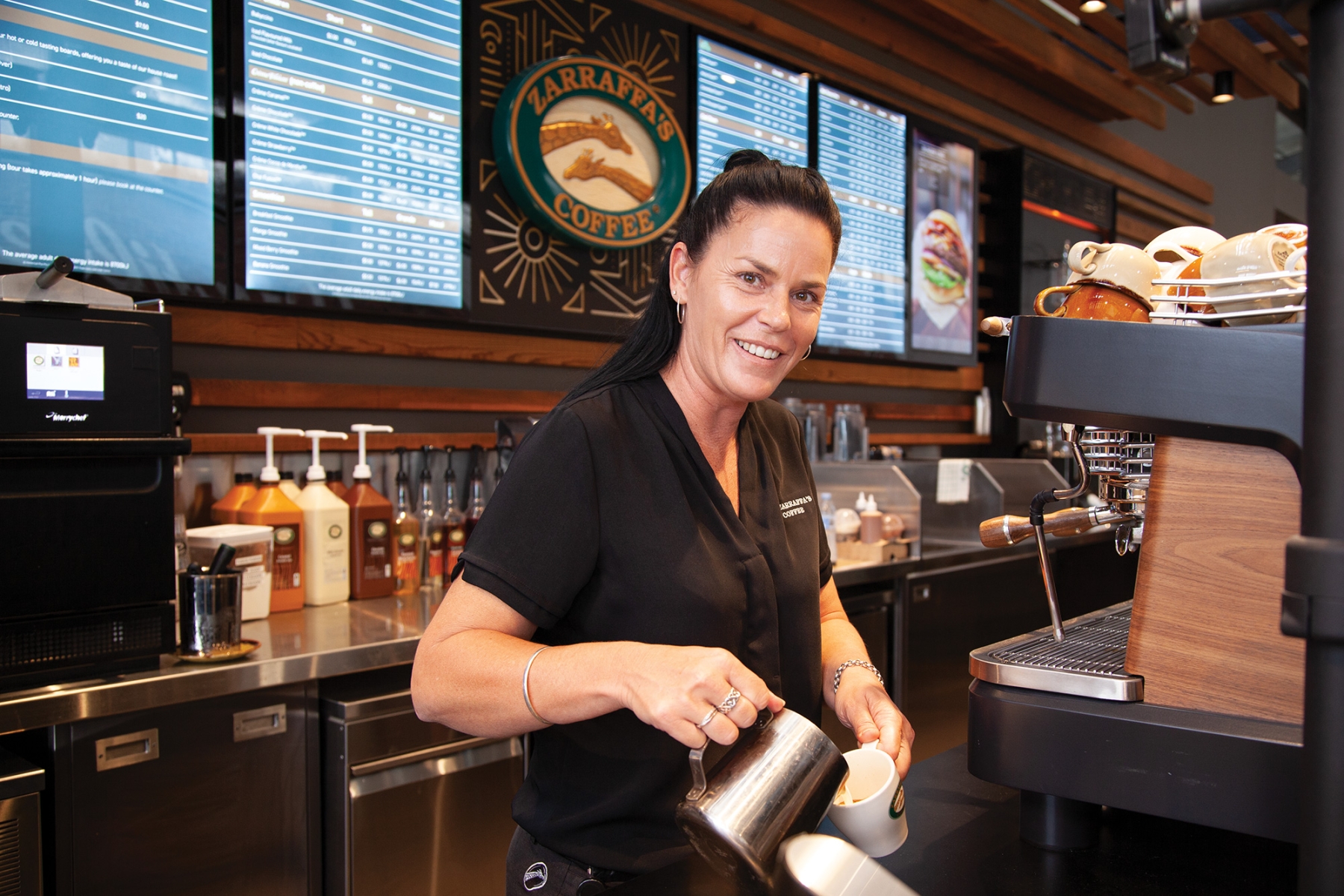
Premiumisation may be the key to Australia’s brewing $15b coffee market
Piccolo Me, Zarraffa’s Coffee executives and an analyst provide insider insights on consumer preferences.
Australia will still spend more than $15b (US$9.85m) for coffee despite a report by Reuters saying the cost of a flat white jumped by nearly one-fifth in 2023 at the same time discretionary spending flatlined, making most consumers reassess their spending habits.
Global research firm IBISWorld recorded that revenues in Australia’s coffee industry have climbed to 3.8% over the past five years and is expected to total $15.63b (US$10.3b) by the end of 2024.
This tells us that no matter how expensive a cup of coffee gets, if a consumer has made it a habit to buy one every morning, they will continue to do so. The question left is, “Where will they buy their next cup?”
“In my perspective, Australians have elevated coffee to an art form, particularly through the commitment of local coffee houses to offering up a selection of blends and brews. Crafting the perfect cup is a refined skill that often goes unnoticed, but its impact is unmistakable when the taste falls short,” Roy El Hachem, co-founder of Australian coffee brand Piccolo Me told QSR Media in an interview

“When it comes to choosing where to indulge in our daily coffee ritual, Australians tend to gravitate towards cafes that not only excel in providing quality coffee but also provide value, and prioritise customer service. Our goal as a brand is to ensure that we stay true to our core which is a focus on value, experience and quality," Roy added.
Inflation has forced most players to raise their prices. Roy said he has seen how Australians’ usual morning coffee increased significantly over the last six months.
MORE LIKE THIS: How Slim’s Quality Burger plans to win the breakfast daypart with its drive-in model
“We have seen milk prices increase on average 20% since 2021. Alternative milks like almond and soy have increased on average by 11% over the last year and that doesn’t include the beans themselves,” Roy said.
In another interview, Arshad Mawla, research analyst for Euromonitor International, said the average price of a drink, especially flavoured iced coffees, is between $6 and $7 (US$3.90 and US$4.60). Because of this price point, consumers have high expectations for their coffees, especially if they are buying them as a treat.
“Consumers have high expectations of the quality of the product because they’re investing quite a bit of money when they’re buying coffee only once a week or a couple of times a week,” Arshad told QSR Media.
For Piccolo Me, this means restructuring their menu to have a more premium feel.
“What hasn’t changed is people are willing to splurge or pay more for a premium product. Under the direction of our brand manager, Benita Cripp, we changed our regular chocolate, strawberry, caramel and vanilla milkshakes to premium flavours like Milo, Strawberry Nesquik, Milkybar, and Nutella just to name a few. We saw a 600% increase in the first month, even without advertising the change,” Roy said.
Having witnessed this, he said they wanted to obtain a direct comparison to assess whether individuals were favouring the new shakes over the old ones. “We immediately saw people were automatically gravitating towards the well-known flavours, which we know are also nostalgic,” he said.
MORE LIKE THIS: Why San Churro believes there’s a big opportunity in a smaller format
When Piccolo Me ultimately advertised the different changes in their menu, the brand said it saw an influx of sales.
Zarraffa’s Coffee, meanwhile, has two things that make it a premium choice for consumers. First is its Single Origin Range, sourcing beans from around the world. Second is consumer awareness as more Australians grow more interested in unique flavours and become more knowledgeable about how their purchases could affect the world.
“Supporting local, and growing eco-credentials, will continue to trend. Zarraffa’s partnerships with key suppliers, like Australia’s only farmer-owned dairy co-op – Norco Milk - and the introduction of biodegradable capsules, are just some of the initiatives aligned with these shifts,” Zarraffa’s CEO Marnie Sheldon said.

Aside from premiumisation, Zarraffa’s Coffee believes convenience is driving most of its customer base.
“The popularity of our drive-thrus, and now our drive-thru-only stores, continue to reinforce this trend. Shaping our menu to suit the needs of our customers to enjoy in our stores or on the move will continue to be a focus,” Marnie said.
Marnie said for the next few years, building more drive-thru- and drive-thru-only stores will be their focus as part of their strategy to bring the Zarraffa’s Coffee brand to more Australians..
Gen Z boosts sales
According to Euromonitor’s data, specialist tea and coffee shops like Starbucks saw a growth between 8% and 9% in the last two years.
“This is despite numerous economic challenges consumers have faced. Just last year, Starbucks reported that they made a profit in the Australian market for the first time. A lot of this is due to a massive growth in demand for iced drinks, specifically iced coffee,” Arshad said.
In Starbucks's financial report to the Australian Securities and Investments Commission for the 2023 financial year, the US coffee chain’s local arm made a profit of $3.15m (US$2.3m), an immense improvement over the $5.5m (US$3.61m) loss the year before.
The ones who drove this growth are the Gen Zs.
“What we see in these trends is that older consumers like baby boomers and even some millennials, have a strict attitude towards the coffee they want to drink, wanting more authentic flavours like an espresso. But Gen Z consumers have embraced these sorts of trends, willing to try new flavours like Starbucks and McCafe come up with,” Arshad added.
MORE LIKE THIS: Mad Mex, Sushi Sushi explains why healthy food items are now a staple on the menu
This is because the Gen Z segment is heading towards the age where they have more disposable income available.
Due to Gen Zs more willing to spend and try new flavours, Arshad said an interesting strategy is creating more seasonal products.
“For example, in summer there’s more fruit-flavoured beverage. That is something that Starbucks in particular have been doing well. And it just connects with consumers because it’s relatable to them and because they crave more refreshing flavours,” Arshad said.



























